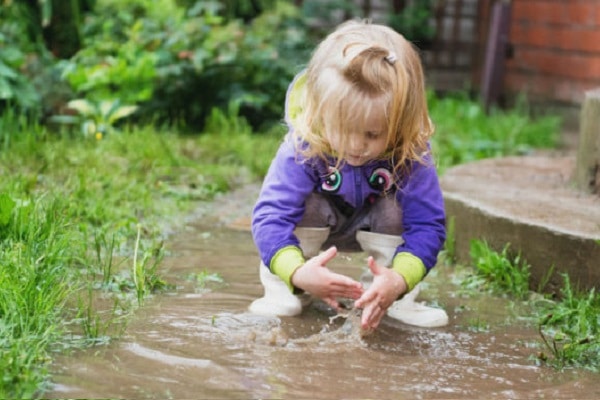Spring is here and you may want to get outside and enjoy the weather. However, with spring weather being unpredictable, you might decide to overhaul your home with some deep cleaning. Whether inside or outside, include home plumbing maintenance with your cleaning this spring.
3 Recommended Spring Maintenance Tips for Your Plumbing
Perform maintenance on your water heater.
We recommend maintaining your water heater every six months. Spring and fall are good gauges for doing this. While performing spring cleaning, drain your water tank of sediments to help its longevity and keep it working efficiently. To drain it, turn off the electricity or gas to the water heater. Close the water supply valve to the off position so water doesn’t flow into the heater. Hook up a garden hose to the drain valve or nozzle at the bottom of the tank and run it outside to drain or to a bucket to collect the water. Keep in mind you’ll need to monitor the bucket so it doesn’t overflow. Open the drain valve and empty the tank. If you prefer, your professional plumber can perform the maintenance for you.
Verify you don’t have leaks.
Unfortunately, winter freezes can damage your pipes and often it is not until the beginning of spring that you discover you have a leak. The best way to verify whether you have a leak or not is to do a meter test. Start by turning off all running water in your home. This includes faucets, toilets, washing machines, dishwashers, etc. Turn off all your outside sources. Go to your water meter at the street and open the lid. Look at the flow gauge to verify it is not turning. Even the slightest turn will indicate water is running somewhere. If you have the tiniest turn, double check everything is off. Go into the house and turn off the water shutoff valve. If the meter stops after turning off the shutoff valve, you have a leak in your house. If the meter continues to turn, this indicates your leak is outside.
- Check your toilet. One of the most common sources of leaks that go unnoticed is from toilets. Therefore, if you have done the meter test and suspect a leak inside your home, the toilets should be the first places to look. A simple test is to put colored dye into the tank and wait about 15-20 minutes. If dye gets into the bowl, you have a leak. Other problems are the toilet running long after you’ve flushed or causing a phantom flush when no one is using it. To test this, do the water meter test again with the water shutoff valve to the house on but turn off the toilet. There is a knob behind the toilet that turns it off.
- Check your outdoor faucets. With chances for winter freezes gone, you can now remove the covers you put on for winter and inspect the faucet. If you didn’t put on a cover and left a garden hose attached, your outdoor faucets were more susceptible to freeze. Remove the hose and verify there are no drips or leaks.
- Check your yard for wet or soggy areas. Your pipes leading from the meter at the street to your house are susceptible to leaks, especially during freezes in the winter. If you’ve done the meter test and suspect an outside leak, look for unusually wet or soggy areas around your pipes. This indicates water is not properly draining into the ground and it could be a sign of a leak.
Call 811 before you dig.
A nice spring day is a favorite time to work in the yard. But before you start digging holes for new trees and shrubs, or making repairs that require digging, call 811. You will need to plan by making the call at least 72 hours before digging to have the lines marked. The call will help to keep you safe and avoid unnecessary damage to underground lines.
If you suspect a leak during your spring maintenance tasks, call High Priority Plumbing to get them fixed. Our plumbers have the training, experience, and equipment to handle all your plumbing needs. Call us at 770.860.8110 in Atlanta.
